We’re so used to hearing about calories-in and calories-out as one of the best ways to lose weight.
But counting calories is not only tedious and time-consuming, it’s also hard to get right.
Should you eat more calories if you’re working out or should you try to slash 300–500 calories per day in order to lose weight? Will that help kickstart your metabolism or will it cause you to lose both fat and muscle?
Luckily, there’s a simpler approach that’s also more effective when it comes to weight loss. It’s called understanding calorie density.
This may not be a term you’re familiar with, but it’s one approach that could help you overcome your weight loss plateau.
And the best part is, you don’t have to starve yourself for it to work. In fact, it’s quite the opposite.
With this plan, you literally can eat more and still lose weight.
Why Calorie Density Should Be Your New Go-to

First, let’s learn about calorie density.
Calorie King tells us that calorie density is “a measurement of the average calories per weight (gram or ounce) of that food.”
That doesn’t give us much to go on so let’s break it down further.
Essentially, calories are in everything we eat. But certain foods contain more calories for less nutritional payoff. So to figure out if a food has a high calorie density versus a low calorie density, you compare the amount of calories a food contains for its weight or volume.
This informative picture from Forks Over Knives illustrates this idea perfectly:
As you can see from the picture, certain foods fill up your stomach more than others even though you may be consuming the same amount of calories.
One study found that high calorie density foods—like those found at fast food restaurants—can cause you to eat a tremendous amount of calories without ever feeling full.
These foods also “challenge human appetite control systems with conditions for which they were never designed,” as the study pointed out. Talk about alarming!
So if you’ve ever been confused as to why you’re hungry an hour after eating a high fat food item like a Big Mac, you can thank poor calorie density for that.
See, “fat (9 kcal/g) is the most energy dense component of food, providing more than twice as many calories per gram as carbohydrates or protein (4 kcal/g),” according to the CDC.
On top of that, high calorie density foods are also lacking water and fiber that help you feel full and satisfied.
So what makes all of this so important?
You Can Slash Calories Without Feeling Hungry All Day
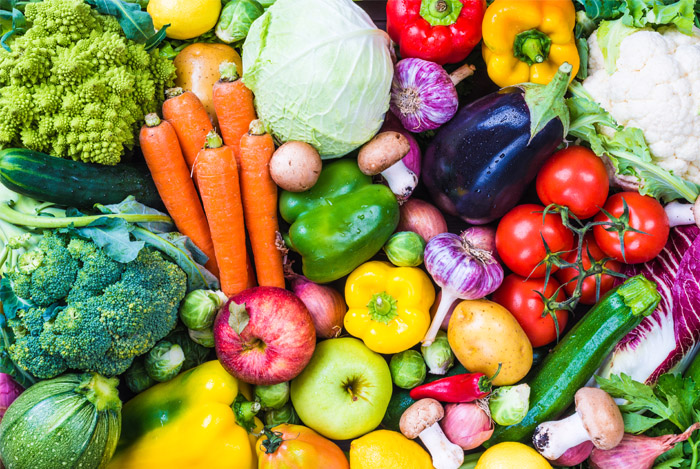
Low calorie density foods, such as fruits, veggies, and healthy carbs, allow you to safely eat fewer calories without sacrificing good nutrition.
You’ll be able to cut calories in order to lose weight without feeling hungry, sluggish, or tired all the time.
Low calorie density is not the same as a low calorie diet of small portions. Quite the opposite: you’ll be filling your plate and stomach with low calorie density foods to capacity.
One study even learned that “adults consuming a low-energy dense diet are likely to consume more food (by weight)” than those who fill up on empty calories.
Contrary to how that sounds, low calorie density supporters don’t overeat.
Eliminate Overeating
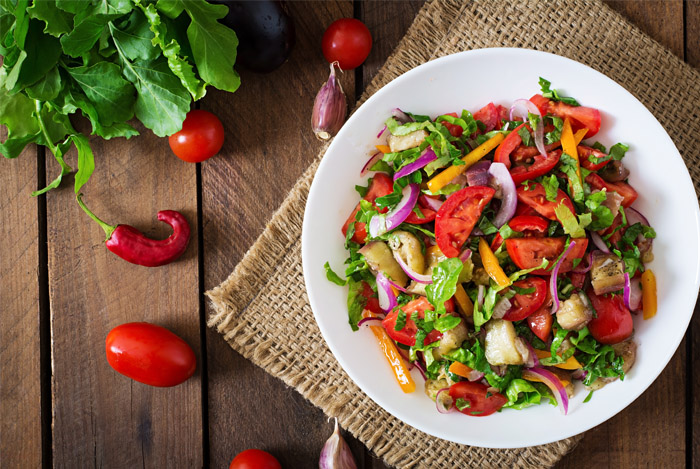
Another plus to this approach is that you’ll start to feel full much faster, preventing overeating and subsequent weight gain.
If we take a look at the image above again, we can see that 500 calories of cheese barely dents our stomachs. When this happens, our brain never receives the signal that we’re full because our stomach is still three quarters empty.
On the flipside, when you add low calorie density foods to your stomach like in the last image, your stomach expands as it should and reaches a point where enough is enough. That’s when a signal is sent to your brain that it’s time to stop.
Here’s why this cuts down overeating so well:
Low calorie density foods are packed with fiber and water, which both cause your stomach to fill up. In your stomach’s eyes (if it had eyes of course), there’s no room left to keep going.
This study found that those on a low calorie density eating plan reached a point of satiety half as fast as those on a high calorie density diet—even though they spent 33% more time eating.
You can think of this in the same way as eating a huge salad instead of a candy bar when you’re hungry.
At some point, your stomach will be so satisfied from your crunching away on salad so that you can leave some behind instead of polishing off your plate. But if you’re hungry, you’re likely to eat an entire candy bar and still need more calories in the way of macronutrients to feel full.
Research has shown that low calorie density foods contribute to weight loss.
When researchers in this study reduced dietary energy density (essentially calorie density), participants saw a big drop in weight (an average of 17.4 pounds after one year!) and an increase in appetite control.
This is certainly something most of us can benefit from!
Another study showed that following a low energy density diet helped prevent visceral adiposity from forming. This is a deadly accumulation of fat that hugs vital organs and leaves us with unwanted fat around our abs and stomach.
That’s another win-win in my book.
Understanding a Low Calorie Density Eating Plan
Now that we understand the perks of this dietary shift, let’s talk about how to actually do this by comparing a high calorie density food to a low one.
High Calorie Density Foods
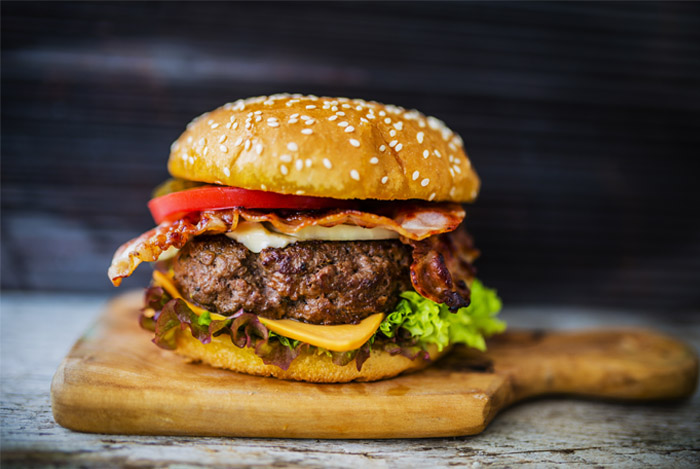
High calorie density foods are easy to spot since they tend to be excessively high in, well, calories.
On top of that, they’re also high in other areas like salt, fat, and sugar.
Some of the most common high calorie density foods include:
- Fast food burgers, fries, chicken nuggets, etc.
- Soda and high sugar drinks
- Donuts, cakes, cookies, and candy
- Potato chips and salty snacks
- Ice cream
- Butter, cream, and high-fat dairy
As you can imagine, these are the foods you’ll want to avoid.
Again, you can compare them to the cheese in our image at the start of the article.
For the amount of calories you’ll be consuming, you won’t even make a 25% dent in your stomach. That means you won’t feel full or satisfied and you’ll have wasted all of those calories when you need to eat something more filling (and consume more calories).
Unfortunately, there are some healthy, high calorie density foods too, many of which I promote for optimal health, such as:
- Nuts
- Healthy oils
- Goat cheese
- Avocados
So with this eating plan, I’m not suggesting that you eliminate these healthy staples. However, you will need to be extremely diligent with your portion control since they are very high in calories.
Low Calorie Density Foods
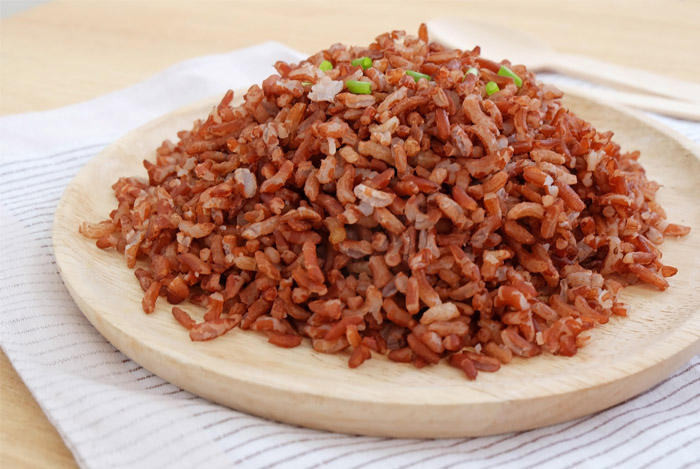
As you can imagine, foods on this list are the complete opposite of high fat. These healthy foods are loaded with fiber and contain high amounts of water in some cases to really fill you up.
- Fruits & veggies
- Whole wheat pasta
- Brown rice
- Sweet and regular potatoes
- Beans
- Peas
- Seafood
- Low-fat dairy
- Lean cuts of meat
- Broth and veggie-based soups
You can see that this list incorporates many of my favorite healthy foods, including the fact that carbs are not off limits like they are with many diets.
This is due to the fact that good carbohydrates (hello, slow-digesting) are packed with fiber and give you that feeling of being full on top of giving you energy. They’re an excellent tool in the calorie density plan.
But, as per usual, this is not a free pass to carb heaven.
How to Make this Plan Work
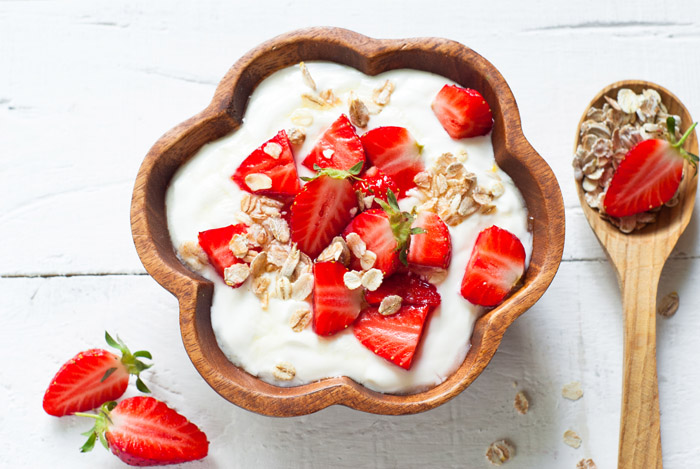
As one of the simplest eating plans out there, it doesn’t take too long to figure out what to eat.
One of my favorite suggestions is to use the 50/25/25 rule when it comes to your plate.
This means you’ll fill half of your plate (50%) with non-starchy veggies or a salad. The next 25% of your plate should be dedicated to whole grains or starchy vegetables. And the remaining 25% should be saved for a nice lean protein.
For snacks or desserts, reach for fresh fruit, chopped veggies, and low-fat Greek yogurt, which is loaded with protein and not too high in calories.
If you’re going to opt for higher fat items such as salmon, be sure to include plenty of veggies to go along with it.
It’s also a good idea to only use one high-fat item per meal. So you wouldn’t want to pair your salmon with avocado or olives for example. Instead, choose a salad with 3–5 different veggies and skip the oil and fat-based dressings. A nice, fresh squirt of lemon may be all you need.
Final Thoughts
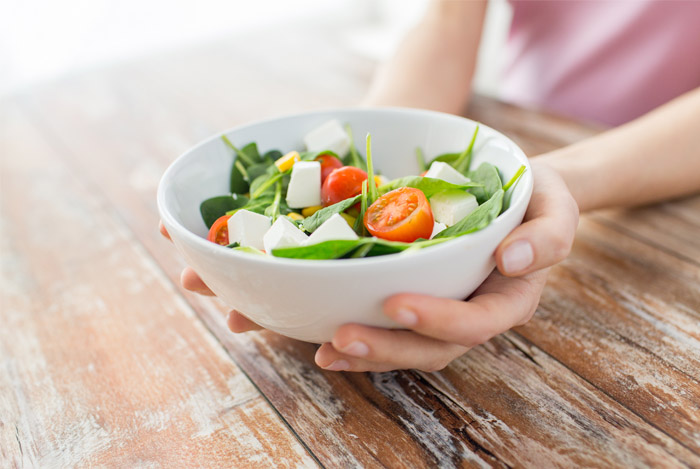
While I can’t personally tell if this style of eating is right for you specifically, I can say for certain that it’s a great general guideline to follow.
By filling up on healthy veggies and fruits, lean proteins, wholesome grains, and small amounts of fat, you’ll be able to smash right through any weight loss plateau and resist the urge to fall off the bandwagon.
As long as you keep your healthy fat portions in check and avoid high calorie density foods, you’ll be in excellent shape!
Have you heard of eating low calorie density foods? Would you adopt this style of eating?
The post Understanding Calorie Density to Lose Weight appeared first on Nutrition Secrets.
http://www.nutritionsecrets.com/understanding-calorie-density-to-lose-weight/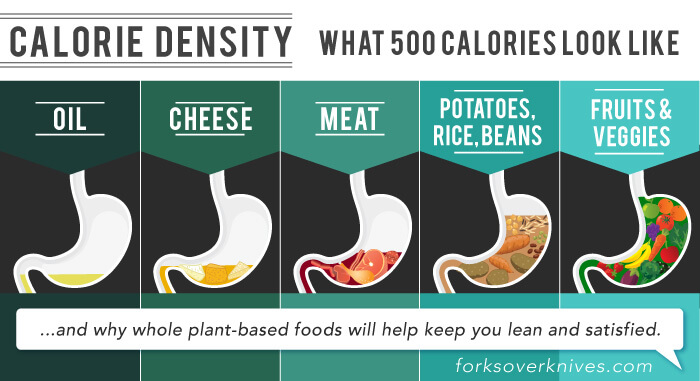
No comments:
Post a Comment